 Welcome
Welcome
“May all be happy, may all be healed, may all be at peace and may no one ever suffer."
Ewing sarcoma
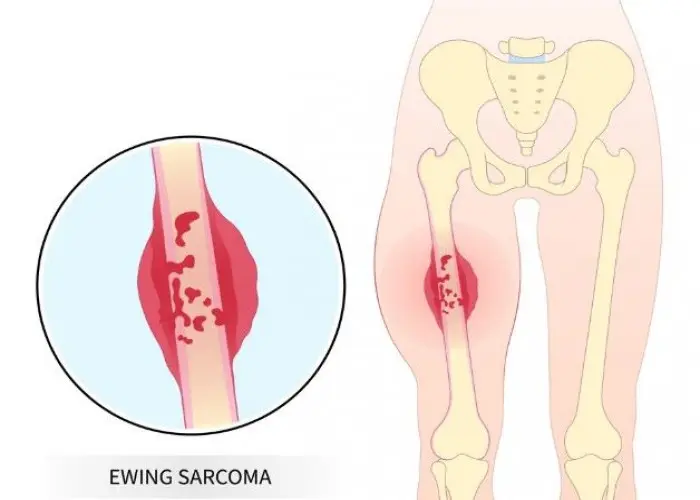
Ewing sarcoma is a rare type of cancer that typically affects children and young adults. It is a type of bone cancer that arises in the bones or soft tissues and can occur in any part of the body. Ewing sarcoma is thought to be caused by a genetic mutation that results in the abnormal growth of cells.
Symptoms of Ewing sarcoma may include bone pain, swelling, or tenderness, especially in the arms, legs, pelvis, or chest. Other symptoms may include fever, weight loss, and fatigue.
Treatment for Ewing sarcoma may include chemotherapy, radiation therapy, and surgery. The approach to treatment may depend on the size and location of the tumor, as well as the extent of its spread. In some cases, a combination of treatments may be used to achieve the best outcome.
Because Ewing sarcoma is a rare type of cancer, it is often treated by a team of specialists, including an orthopedic surgeon, a medical oncologist, and a radiation oncologist. Regular monitoring and follow-up after treatment are important for managing this condition and detecting any signs of recurrence.
The prognosis for Ewing sarcoma depends on many factors, including the stage of cancer, the patient's age, and overall health. With appropriate treatment, many patients with Ewing sarcoma can achieve remission and live long healthy lives.
Research Papers
Disease Signs and Symptoms
- Bone pain
- Breast tenderness
- Fever
- Weight loss
Disease Causes
Ewing sarcoma
It's not clear what causes Ewing sarcoma.
Doctors know that Ewing sarcoma begins when a cell develops changes in its DNA. A cell's DNA contains the instructions that tell a cell what to do. The changes tell the cell to multiply quickly and to go on living when healthy cells would normally die. The result is a mass (tumor) of abnormal cells that can invade and destroy healthy body tissue. The abnormal cells can break away and spread (metastasize) throughout the body.
In Ewing sarcoma, the DNA changes most often affect a gene called EWSR1. If your doctor suspects that you have Ewing sarcoma, your cancer cells may be tested to look for changes in this gene.
Disease Prevents
Disease Treatments
Ewing sarcoma treatment usually begins with chemotherapy. Surgery to remove the cancer usually follows. Other treatments, including radiation therapy, might be used in certain situations.
Chemotherapy
Chemotherapy uses powerful drugs to kill cancer cells. Chemotherapy treatment usually combines two or more drugs that can be administered as an infusion into a vein (IV), in pill form, or through both methods.
Treatment for Ewing sarcoma usually begins with chemotherapy. The drugs may shrink the tumor and make it easier to remove the cancer with surgery or target with radiation therapy.
After surgery or radiation therapy, chemotherapy treatments might continue in order to kill any cancer cells that might remain.
For advanced cancer that spreads to other areas of the body, chemotherapy might help relieve pain and slow the growth of the cancer.
Surgery
The goal of surgery is to remove all of the cancer cells. But planning the operation also takes into consideration how it will affect your ability to go about your daily life.
Surgery for Ewing sarcoma may involve removing a small portion of bone or removing an entire limb. Whether surgeons can remove all of the cancer without removing the entire limb depends on several factors, such as the size and location of the tumor and whether it shrinks after chemotherapy.
Radiation therapy
Radiation therapy uses high-energy beams, such as X-rays and protons, to kill cancer cells.
During radiation therapy, the beams of energy are delivered from a machine that moves around you as you lie on a table. The beams are carefully directed to the area of the Ewing sarcoma in order to reduce the risk of damage to surrounding healthy cells.
Radiation therapy might be recommended after surgery to kill any cancer cells that remain. It can also be used instead of surgery if the Ewing sarcoma is located in a part of the body where surgery is not possible or would result in unacceptable functional outcomes (such as loss of bowel or bladder function).
For advanced Ewing sarcomas, radiation therapy can slow the growth of the cancer and help relieve pain.
Disease Diagnoses
Disease Allopathic Generics
Disease Ayurvedic Generics
Disease Homeopathic Generics
Disease yoga
Ewing sarcoma and Learn More about Diseases
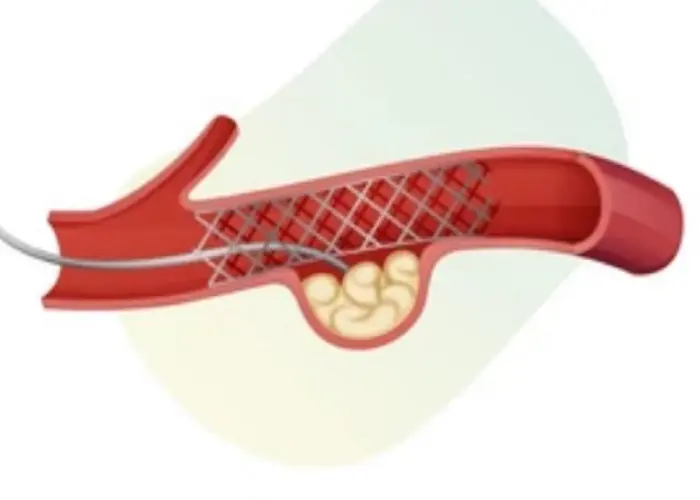
Aneurysms

Primary progressive aphasia

Breast pain
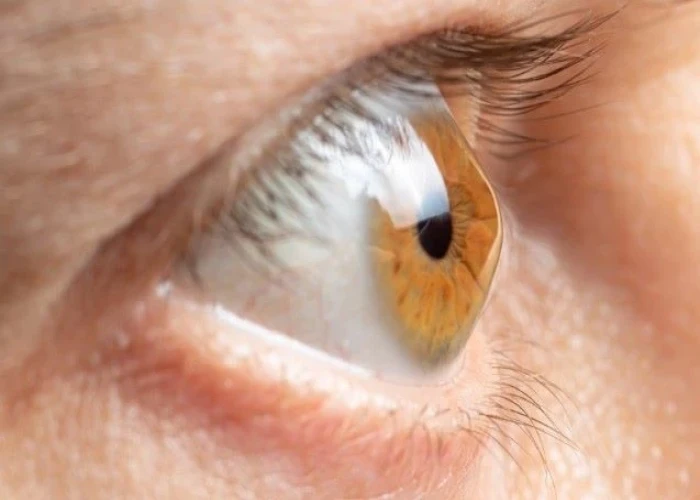
Keratoconus
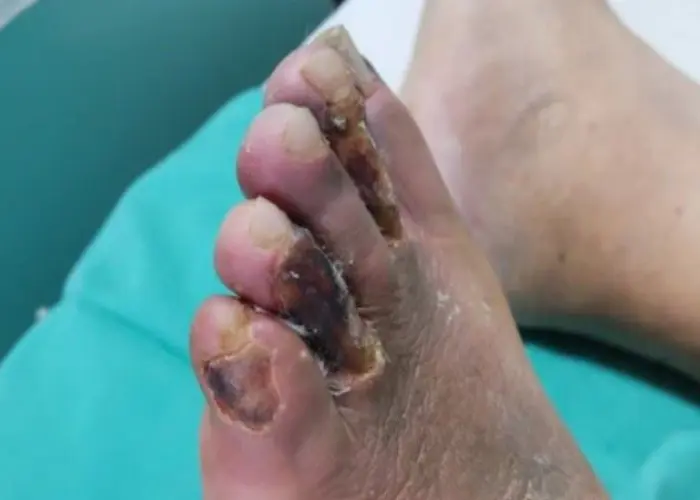
Claudication

Vaginal cancer
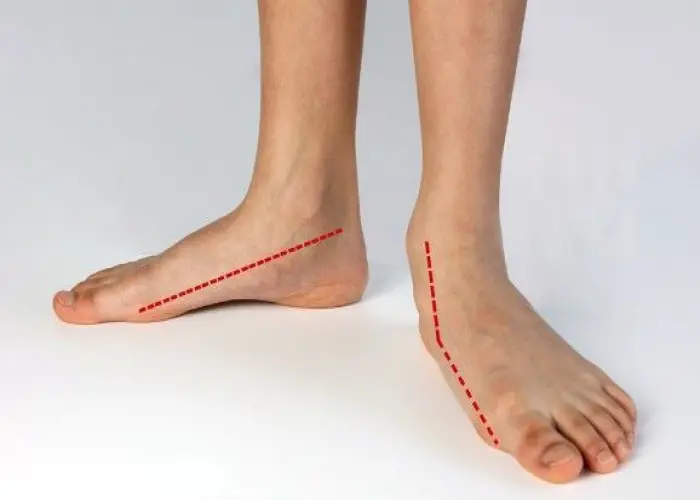
Flatfeet
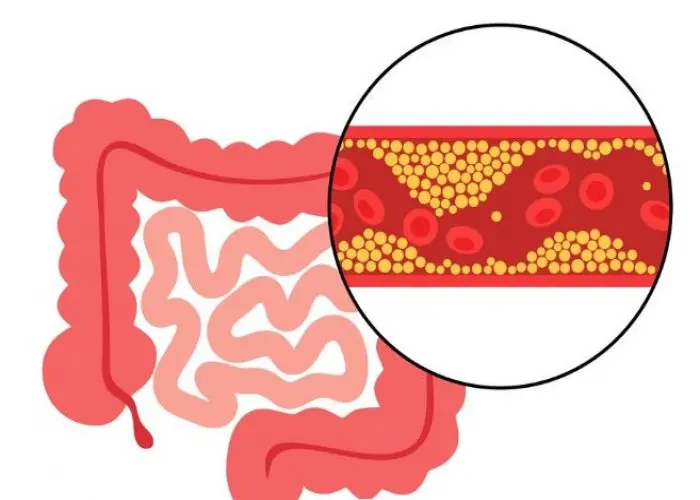
Intestinal ischemia
ewing sarcoma, এউইং সারকোমা
To be happy, beautiful, healthy, wealthy, hale and long-lived stay with DM3S.
